Curious about whether your beloved pottery pieces are oven safe? You’re not alone! In this article, we’ll address the common question: Is pottery oven safe? We’ll dive into the world of pottery, exploring the various types of clay and glazes used in pottery making, and how they affect the safety of your pottery in the oven.
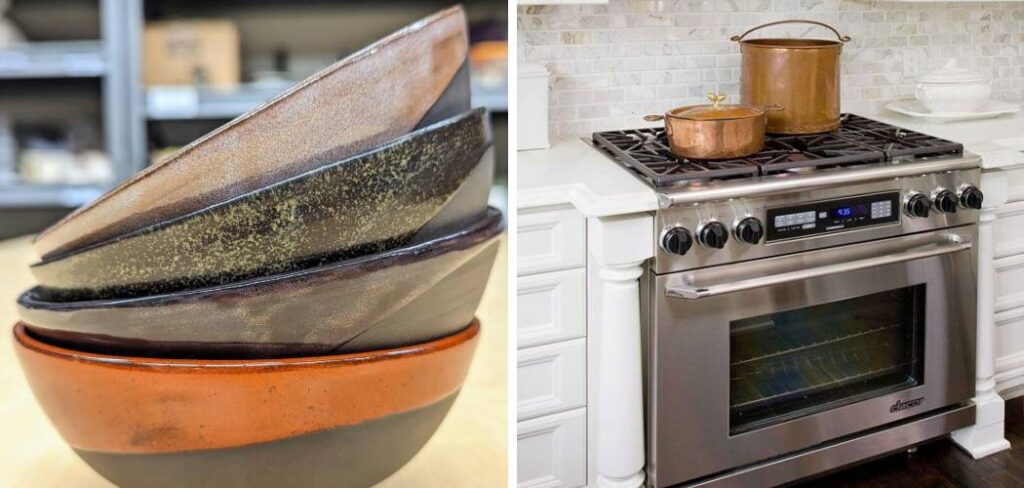
Additionally, we’ll discuss tips for determining if your pottery is oven safe, including checking for specific markings and conducting simple tests. Whether you’re a seasoned pottery enthusiast or new to the craft, understanding the ins and outs of pottery safety in the oven is essential for enjoying your creations with peace of mind. So, let’s embark on this pottery adventure together and uncover the truth about its oven safety!
Table of Contents
Is Pottery Oven Safe?
Determining if pottery is oven safe depends on several key factors, including the type of clay used, the glaze applied, and the firing process. Traditional pottery, made from earthenware, stoneware, or porcelain, can often withstand oven temperatures if they have been correctly glazed and fired at high temperatures.
Earthenware, for example, is less tolerant of high heat compared to stoneware and porcelain and may crack if not properly treated. Stoneware and porcelain, on the other hand, are fired at much higher temperatures, making them more durable and oven-safe. It is crucial, however, to ensure that the glazes used are also heat resistant.
Lead-based or metallic glazes can pose health risks or break down when exposed to oven temperatures. Before using any pottery piece in the oven, it is advisable to check for manufacturer’s markings indicating its oven-safe status or perform a test on a small, unglazed area to ensure its suitability for such use.
How to Identify Oven-Safe Pottery
Identifying oven-safe pottery is a crucial step in ensuring the safety and longevity of your pottery pieces. Here are a few tips to help you determine if your pottery can safely be used in the oven:
Look for the Manufacturer’s Markings:
The simplest way to identify oven-safe pottery is to check for markings or labels from the manufacturer. These usually include symbols or specific wording such as “oven-safe” or a temperature limit. Such markings can often be found on the bottom of the piece.
Consider the Clay Type:
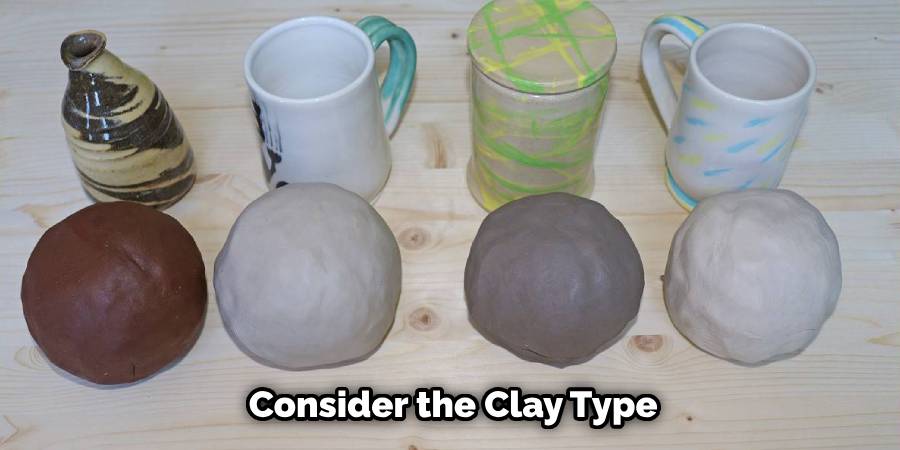
As mentioned earlier, the type of clay used in making the pottery can influence its oven safety. Stoneware and porcelain are generally more resistant to high temperatures compared to earthenware. If you know the type of clay used, it can give you a good indication of oven safety.
Check the Glaze:
Ensure that the glaze used on your pottery is also suitable for oven use. Avoid pieces with metallic paint or lead-based glazes, as these can be toxic and may break down when heated.
Perform a Thermal Shock Test:
If you’re unsure about the manufacturer’s guidelines, you can conduct a simple test. Place the pottery piece in a cold oven, then turn on the oven to a low temperature and allow it to heat slowly. This can help you observe how the pottery reacts to heat and identify any signs of cracking or damage due to thermal shock.
Research the Brand:
Doing a bit of research on the brand or pottery maker can also provide insights into the oven safety of their products. Many potters and manufacturers provide detailed information about the use and care of their pottery on their websites.
What You Can Put in the Oven
When it comes to using pottery in the oven, it’s important to know which items are typically safe to use and which should be avoided. Generally speaking, pottery marked as oven-safe, such as certain stoneware and porcelain dishes, can be used for baking and cooking without concerns.
These items are designed to withstand high temperatures without cracking or causing harm. Casserole dishes, baking pans, and pie plates made from high-fired stoneware or porcelain are ideal for oven use. Additionally, glazed pottery that does not contain any harmful substances like lead or cadmium, ensuring your food remains safe. However, decorative pottery pieces, items with metallic paint or finishes, and pottery not specifically labeled as oven-safe should not be placed in the oven.
Such items can crack, shatter, or leach dangerous chemicals into your food under high heat. Always verify the manufacturer’s guidelines or perform a safety test on an inconspicuous area of your pottery before its first oven use to avoid any mishaps. Remember, safety first – taking the time to ensure your pottery is oven-safe will help preserve the integrity of your pieces and ensure a positive cooking experience.
What You Should Not Put in the Oven
While exploring the world of oven-safe pottery is thrilling, it’s equally important to understand which items should never find their way into your oven. As a rule of thumb, any pottery that lacks a clear indication of being oven-safe should be kept out. This includes many decorative pieces, which, while beautiful, may not withstand the intense heat of an oven. Furthermore, pottery adorned with metallic paint or finishes is a definite no-go. These materials can emit fumes or melt at high temperatures, posing a risk to both your health and your oven’s integrity.
Earthenware, despite its charm and wide use in traditional pottery, requires extra caution due to its lower firing temperature. This makes earthenware more prone to cracking under rapid temperature changes or high heat. Additionally, pottery with any visible cracks or damage should be avoided, as the heat can exacerbate these flaws and lead to breakage.
It’s also worth noting that non-ceramic items, such as plastic or wooden utensils and containers, should never be placed in an oven, as they can melt, ignite, or release toxic chemicals. By keeping these guidelines in mind, you can ensure the safety and longevity of your pottery pieces, as well as maintain a safe cooking environment in your home.
Unraveling the Confusion Around Oven-Safety of Pottery
The realm of pottery oven-safety often appears shrouded in mystery and confusion. This stems largely from the diverse nature of pottery itself, involving various clays, glazes, and firing processes. With no universal standard for what makes a pottery piece oven-safe, enthusiasts are left to navigate a maze of manufacturer claims, traditional wisdom, and sometimes contradictory advice.
This ambiguity can be particularly problematic for those inheriting pottery without any clear markings or knowledge of its provenance. Furthermore, the evolution of pottery techniques and materials over time adds another layer of complexity, making it challenging to apply one-size-fits-all rules.
Understanding the specific characteristics that determine a pottery item’s oven-safety, such as its clay body, the temperature at which it was fired, and the nature of its glaze, is key to demystifying this issue. By fostering a deeper knowledge of these aspects, pottery enthusiasts can better assess the oven-safety of their cherished pieces, reducing the risk of damage or danger during use.
Types of Pottery and Heat Tolerance
When evaluating the oven-safety of pottery, it’s crucial to understand the heat tolerance of different types of pottery, which primarily depends on the clay used and the firing process. Here’s a brief overview:
Earthenware:
Characterized by its rich, earthy hues, earthenware is the oldest and one of the most common types of pottery. Due to its porous nature and lower firing temperature (around 1,000°C to 1,150°C), earthenware is less tolerant of sudden temperature changes and is more prone to thermal shock. For oven use, earthenware should be thoroughly glazed and heated gradually.
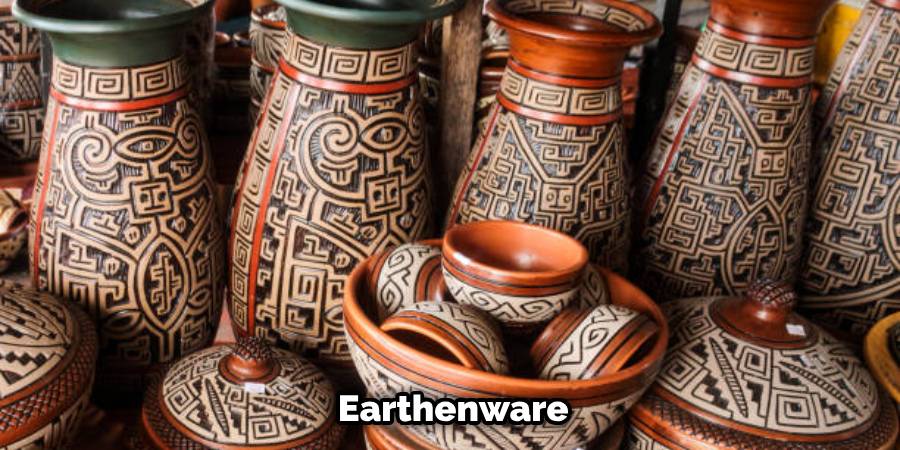
Stoneware:
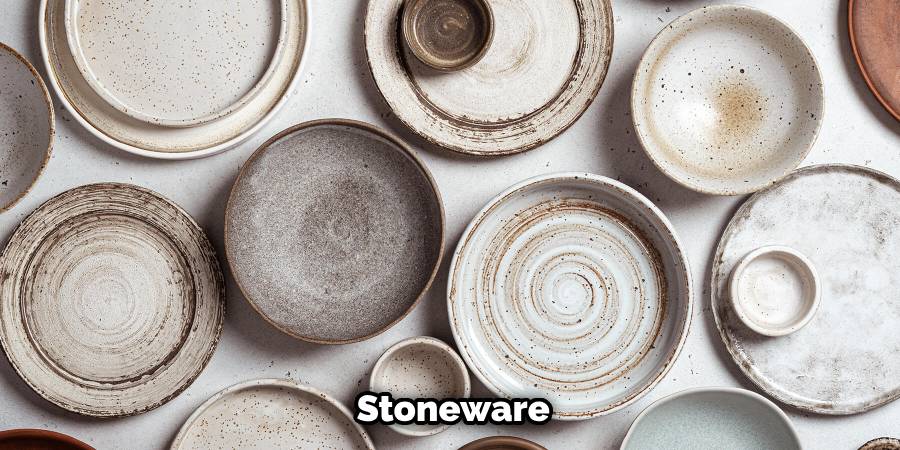
Stoneware is known for its durability and denseness, making it a popular choice for everyday use. Fired at higher temperatures than earthenware (around 1,200°C to 1,310°C), stoneware has a vitreous or semi-vitreous finish, which makes it non-porous and more resistant to thermal shock. This type of pottery is typically safe for oven use, assuming it hasn’t been decorated with harmful glazes.
Porcelain:
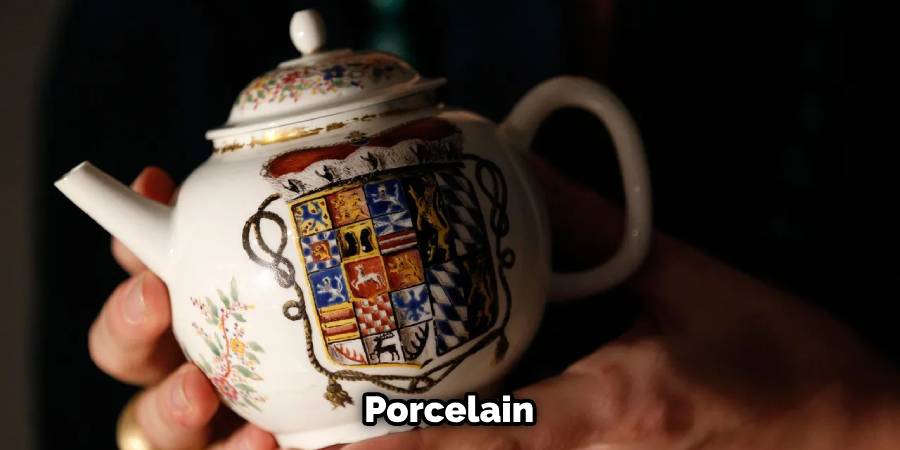
Valued for its beauty and strength, porcelain is fired at the highest temperatures (about 1,260°C to 1,450°C), which results in a glassy and translucent finish. This makes porcelain highly resistant to thermal shock and an excellent candidate for oven-safe pottery. However, as with other types, caution should be taken with pieces featuring metallic decoration or any low-fire overglaze decorations.
Raku:
Raku pottery, with its distinctive crackled glaze, is fired using a unique process that involves removing the pottery from the kiln while it’s hot and allowing it to cool in the open air or in a container with combustible material. While beautiful, raku ware is not typically recommended for oven use due to its low firing temperatures and the thermal shock sensitivity of the glazing technique.
When to Avoid Using Pottery in the Oven
Despite the convenience and aesthetic appeal of using pottery in the oven, there are specific instances when it is best to avoid doing so, for the safety of both the pottery and its users. Here are some key scenarios:
Unmarked Pottery:
If a pottery piece does not explicitly state it is oven-safe, it’s safer to avoid using it in the oven. The lack of manufacturer information on oven-safety can lead to guesswork that might end in damaged pottery or worse, a kitchen accident.
Pottery with Metal Accents:
Any pottery that features metal, whether as part of its structure or as decorative accents, should not be used in the oven. Metal can spark or become excessively hot, posing a fire risk or causing burns upon handling.
Cracked or Damaged Pottery:
Pottery pieces that display visible signs of wear, such as cracks, chips, or hairline fractures, should be kept out of the oven. Heat can exacerbate these damages, causing the pottery to break apart during cooking, which could spoil the food and create a mess.
Pieces with Unknown History:
Antique or inherited pottery, whose composition and heat tolerance are unknown, should be used with caution. Without knowledge of the pottery’s firing temperature and the nature of its glaze, there is a risk of thermal shock or harmful chemicals potentially leaching into food.
Extreme Temperature Changes:
Avoid using pottery in the oven if you plan to subject it to sudden temperature changes, such as moving it directly from the refrigerator to the oven. These rapid shifts can cause thermal shock, leading to cracking or breaking of the pottery.
Common Mistakes to Avoid When Putting Pottery in the Oven
When it comes to using pottery in the oven, certain missteps can lead to immediate or eventual damage to your valued pieces, or even pose safety hazards. Here are several common mistakes to sidestep:
Skipping Preheating:
Placing pottery in an oven that hasn’t been preheated can cause thermal shock due to the sudden rise in temperature. Always preheat your oven before placing your pottery inside.
Rapid Temperature Changes:
Similarly, moving pottery from one temperature extreme to another — for example, from the refrigerator to a hot oven or from an oven to a cold countertop — can cause cracking or breaking. Allow your pottery to gradually acclimatize to room temperature first.
Placing on Direct Heat Sources:
Never place pottery directly on open flames or electric stove elements. If using the oven’s broiler setting or placing pottery near the oven’s heating elements, exercise caution and monitor regularly to prevent overheating and damage.
Using Damaged Pottery:
Continually using pottery that already has minor cracks or chips may lead to further damage under the stress of oven heat. Inspect your pieces before use.
Overloading with Cold Food:
Filling a pottery dish with too much cold or frozen food can drop the internal temperature drastically, increasing the risk of thermal shock. Try to bring food to at least room temperature whenever possible before placing it in a pottery dish for oven cooking.
Neglecting Manufacturer’s Instructions:
One of the absolute essentials is adhering to the guidelines provided by the pottery’s manufacturer. These instructions are given for a reason and disregarding them can lead to heartache in the kitchen.
Conclusion
In conclusion, while pottery can add charm and functionality to your kitchen, it’s essential to exercise caution when using it in the oven. By understanding the materials and processes involved in pottery making, as well as the markings and tests for oven safety, you can ensure the longevity and safety of your beloved pottery pieces.
Whether you’re baking, roasting, or reheating, knowing that your pottery is oven safe provides peace of mind and allows you to enjoy your culinary creations without worry. Hopefully, this article gave you some helpful tips about is pottery oven safe successfully, so now that you have the proper knowledge on how to get the job done, why not give it a try today?
